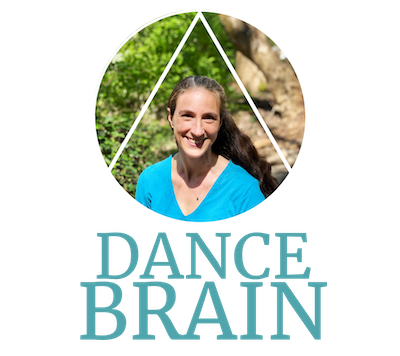Teaching Philosophy
As a teacher, my goal is to encourage thinking dancers to make choices, solve problems, and strive to achieve ever-greater levels of technical proficiency and intentional expression. I begin by creating a safe and supportive environment where students feel empowered to take risks and go outside of their comfort zones. No movement is ever perfect or finished, so the studio is a place where everyone can enter at their own level and progress at their own pace. Differentiated instruction helps students to translate the traditions of any specific dance form onto their unique bodies and ever-evolving set of abilities. There is always more to learn and discover.
Overall, I believe that dance is fundamentally joyous. Being mindful and present in our bodies promotes deep fulfillment and harmony within ourselves and with others – it should feel good. Fun is allowed and encouraged!
FAQ
I am passionate about anatomical alignment and conservatory dance technique as a means to avoid injury and free the body to achieve its fullest potential, in any dance style. A strong technical foundation enables dancers to be fully present in their bodies, to move with ease and clarity, and to purposefully craft their body language and nonverbal communication. I use multi-sensory cues to engage students on multiple levels: biomechanical information, guided imagery, sung rhythms, emotional prompts, and clear visual demonstration all help students deepen their understanding of the content material. Underlying these and all specific learning objectives is my desire to foster lifelong learning, critical thinking and creative problem solving – skills that are invaluable in any field.
I am currently researching these concepts as part of the master’s program at Jacksonville University for a thesis entitled Embodiment Disrupted. I am a movement artist, choreographer, teacher and student who loves dance in all its forms. After emergency brain surgery in 2020, I used dance to rehabilitate my cerebellum and rediscover my sense of sense. I am curious about others who have gone through similar journeys or want to explore these ideas with me. I am passionate about the power of dance as a positive life force for students and adults, and would love to connect with others who have dance on the brain.
I believe in the Socratic process. Rather than giving corrections, I prefer to ask questions to help students discover the knowledge they already possess in their minds and in their bodies. Coaching and individual movement research help students to replace default movement patterns with intentional choices that eventually become part of effortless language in movement.
Learning the steps is only the first part of a dancer’s process – repetition and iteration teach discipline, perseverance, and a never-ending quest for excellence. Beyond steps, the deeper purpose of dance training is to promote mindfulness and strengthen the connection between mind and body. I encourage dancers to tap into their own sensation and proprioception to fully experience their movement, rather than focusing on external validation or feedback from the mirror. My most common phrase in the studio is, “It is not what you do, but how you do it.”
